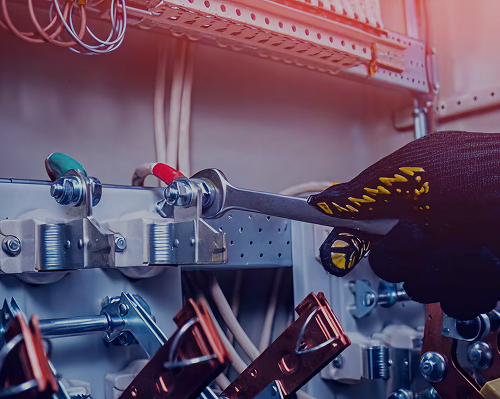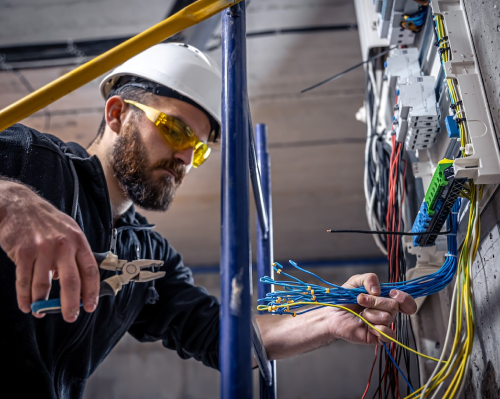Commercial vs. Residential: Commercial switchboards (often called distribution boards, panel boards, or switchgear assemblies) are typically larger and more complex than those found in homes. They often handle
higher voltages and currents, may involve three-phase power distribution, and could have dozens or hundreds of circuit breakers or fuses. Because they carry such heavy electrical loads, the stakes are higher – excessive heat, a loose connection, or an overloaded circuit in a commercial board can quickly become a serious hazard. Moreover, businesses usually cannot afford extended downtime, so preventing failures is critical to operations. Regular inspections and maintenance are the best strategy to avoid unexpected breakdowns. As one facilities management resource put it,
hidden issues in electrical infrastructure – if left unnoticed – can escalate into costly and dangerous situations. A proactive maintenance approach catches those hidden issues early.
Safety and Compliance: In a workplace, the duty of care under workplace health and safety laws (WHS Act in NSW) mandates that electrical installations be kept safe. Regular electrical maintenance is part of fulfilling the obligation of a Person Conducting a Business or Undertaking (PCBU) to ensure a safe environment. In fact, conducting
periodic verification of electrical systems in accordance with AS/NZS 3019 is considered a requirement of AS/NZS 3000 and is increasingly expected by regulators and insurers. Many commercial/industrial sites require an Electrical Installation Condition Report at set intervals. For instance, all commercial properties should have periodic inspection and testing; common guidelines suggest every
3 years for low-risk environments and annually for high-risk environments. This schedule might be even tighter for critical sites (some industries do switchboard thermography quarterly or biannually). Adhering to these practices keeps you compliant with standards and legislation, and avoids liability in case of an incident.
Avoiding Downtime and Business Losses: Consider the consequences of a major switchboard failure in a commercial setting: production lines might halt, offices go dark, servers lose power (despite UPS backups, prolonged outages are disastrous), or a shopping center could be forced to close temporarily. The financial hit from such downtime can far exceed the modest cost of preventive maintenance. A study by Federal Energy Management Program (FEMP) in the US found that a working preventive maintenance program can lead to 30-40% cost savings by avoiding breakdowns
fluke.com. Additionally, other surveys show preventive maintenance can eliminate 70-75% of breakdowns and significantly reduce downtime. While these stats are general to maintenance, they underscore the ROI: it’s cheaper to inspect and fix proactively than to repair after a failure. By scheduling
planned inspections and heat scans, maintenance teams transition resources from emergency reactive fixes to controlled, scheduled upkeep.



